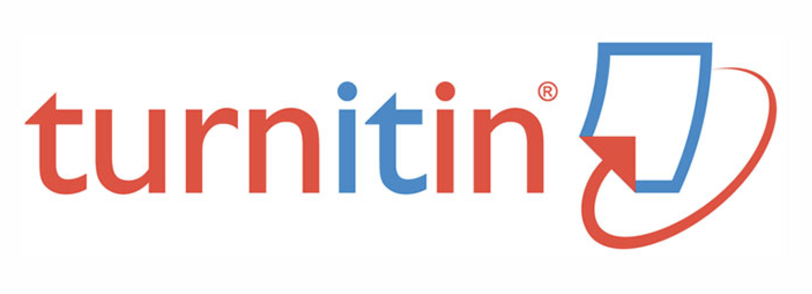ANALISIS DAYA SAING SEKTOR EKONOMI KABUPATEN MOROWALI PROVINSI SULAWESI TENGAH
DOI: https://doi.org/10.26618/jeb.v8i1.1119
Daya Saing Ekonomi
Abstract
The study aims to (1) know the classification of growth of the regional economic sector with the approach of Klassen Tipologi, (2) to know the position of competitiveness of economic sector in Morowali Regency, and (3) to know the economic sectors which become the superior sector of the regional economy in Morowali District.
The results showed that (1) advanced and rapidly growing sectors, namely the agricultural sector and the mining and quarrying sectors, while the sectors included in the potential category and still growing rapidly are the sector of processing industry, electricity and water sector, trade, hotels and restaurants. Then the economic sectors that are classified as relatively lagging are the construction sector, transportation and communications sector, financial sector, leasing and corporate services and services sector. (2) the sector which is the base sector (LQ> 1), that is agriculture sector, mining and quarrying sector, and trade sector, hotel and restaurant. These sectors are competing sectors and are categorized as sectors that can be featured. (3) the sector which is the competitive sector with the dominant growth in Central Sulawesi Province and Morowali Regency is mining and quarrying sector. In the meantime, sectors that are classified as sectors with prominent growth in Central Sulawesi province but not yet prominent in Morowali Regency include manufacturing, construction, transport and communications, financial, leasing and business services sector, and services sectors. And (4) sectors that are the leading sectors with criteria fall into the advanced and growing sectors, the basic and competitive sectors, namely the agricultural sector and the mining and quarrying sector.
References
Hasibuan, Malayu. 2001. Manajemen Sumber Daya Manusia, Bumi Aksara, Jakarta.
------------------------ 2008. Organisasi dan Motivasi (Dasar Peningkatan Produktivitas), Bumi Aksara, Jakarta.
Keban, Yeremias T., 2004. Enam Dimensi Strategis Administrasi Publik (Teori, Konsep dan Praktek), Gava Media, Jakarta.
Kusnadi, dkk. 2002. Pengantar Manajemen (Konseptual dan Perilaku), Unibraw, Malang.
Lukman, Sampara. 2004. Manajemen Kualitas Pelayanan, STIA LAN RI Press, Jakarta.
Malthis, Robert L., John H. Jackson. 2000. Manajemen Sumber Daya Manusia (Human Resource Management), Salemba Empat, Jakarta.
Nawawi, Hadari. 2001. Manajemen Sumber Daya Manusia, Gajah Mada University, Yogyakarta.
Rahmayanty, Nina. 2010. Manajemen Pelayanan Prima (Mencegah Pembelotan dan Membangun Customer Loyality), Graha Ilmu, Yogyakarta.
Siagian, Sondang P. 2000. Manajemen Abad 21, Bumi Aksara, Jakarta.
------------------------- 2004. Teori Motivasi dan Aplikasinya, Rineka Cipta, Jakarta.
Sugiyono. 2010. Statistika untuk Penelitian, Alfabeta, Bandung.
Sunarto. 2005. Mengelola Karyawan, Amus, Yogyakarta.
Surjadi. 2009. Pengembangan Kinerja Pelayanan Publik, Refika Aditama, Bandung.
Thoha, Miftah. 2008. Manajemen Kepegawaian Sipil di Indonesia, Kencana, Jakarta.
Willson and Heyyel. 1987. Hand Book Of Modern Office Management and Administration Service. Mc Graw Hill Inc. New Jersey.
Wungu & Brotoharjo.2003. Tingkatkan Kinerja Perusahaan Anda Dengan Merit Sistem. Jakarta: Raja Grafindo Pustaka.












